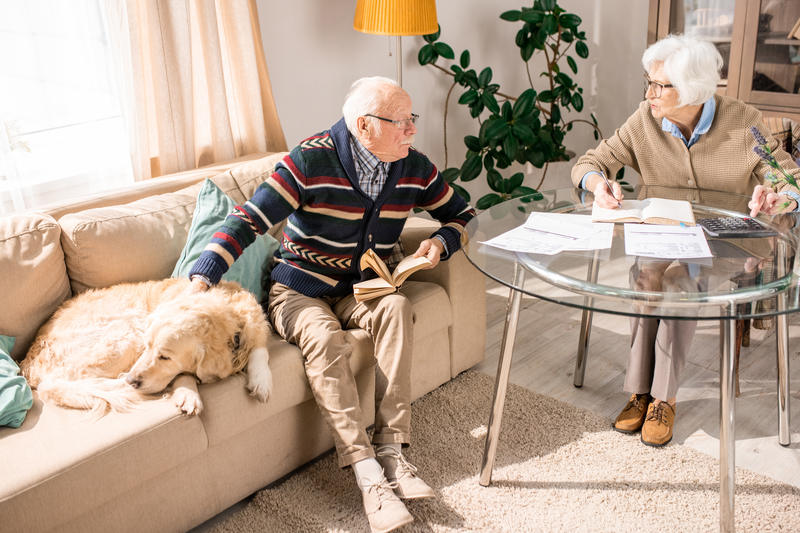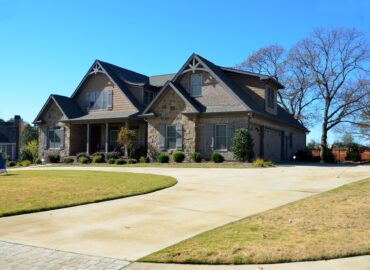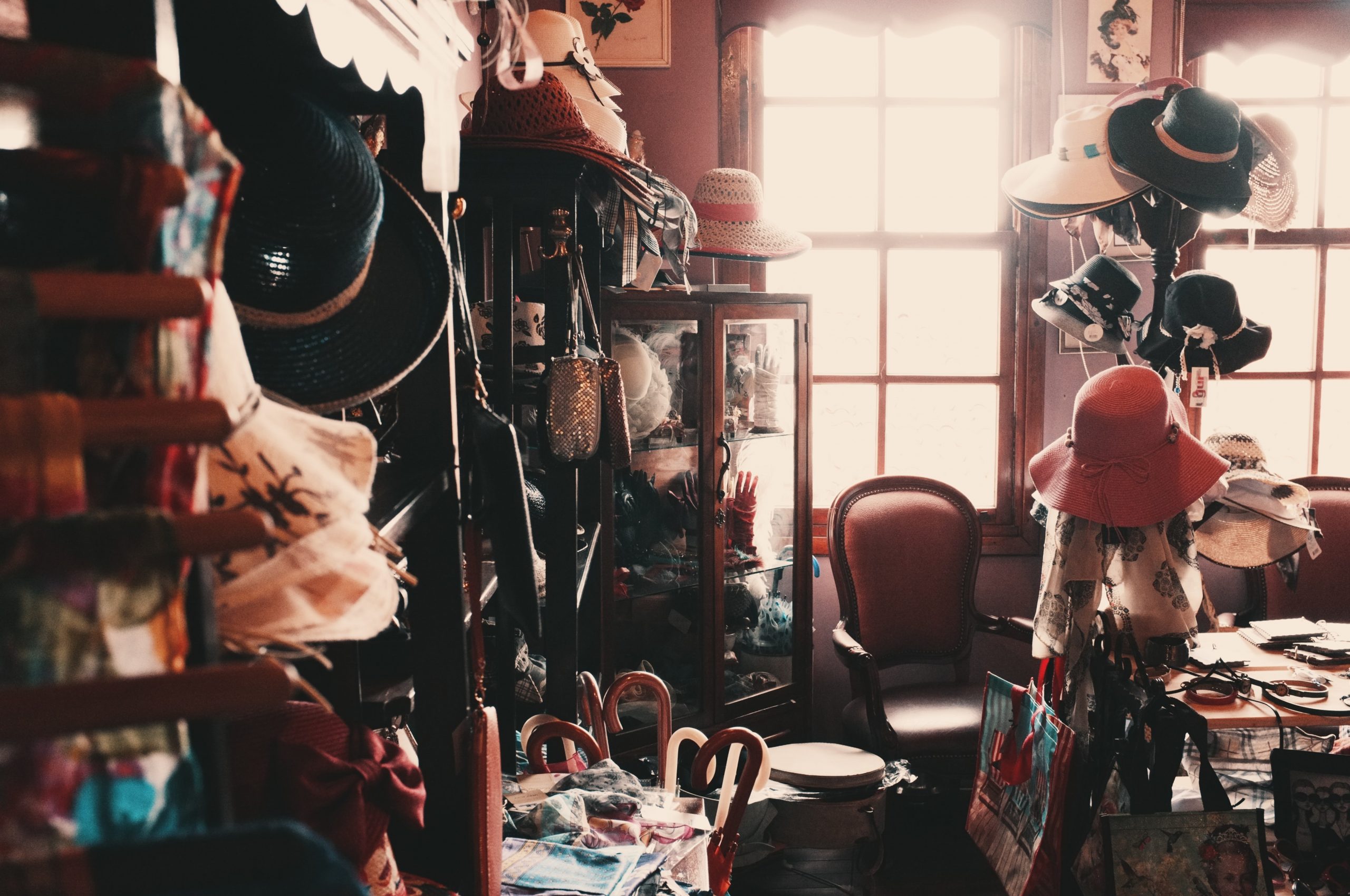Retirement is supposed to be one of the more relaxing phases of life. It’s your chance to enjoy the fruits of your labors throughout life and spend time with the ones you love. Of course, one of the important things that go into making your retirement relaxing and enjoyable is having a home that is suitable for you in your retirement years. If it isn’t already, there are things you can do to get your home ready for retirement.
Move Your Bedroom to the Ground Floor
Stairs tend to become more difficult to climb as you get older, especially when you’re tired. Because of this, having your bedroom on an upstairs floor makes less sense in the home you’re retiring in. Consider moving your bedroom to the ground floor instead. Your knees will thank you later. When choosing where to move your room to, consider the noise levels throughout the house. Having a quiet place to sleep is part of what constitutes a healthy sleep environment, so you’ll benefit from choosing a room in the quietest area of the house.
Make Adjustment to Your Bathroom
The majority of falls suffered by seniors happen in the home, and 13% of them happen in bathrooms. Take a look at your bathroom. How easy is it for you to use? Do you have to climb into the tub? Does using the toilet make you feel like you’re squatting? These are signs that your bathroom could use some work to make it more accessible. Consider adding safety rails by the toilet and in the shower, and raise the height of your toilet seat. This can make it easier to use these bathroom features safely. You can also add non-slip mats, shower benches, and swap out your current tub for a walk-in tub. Make sure your lighting illuminates the bathroom well enough for you to see clearly and have the hot and cold water knobs marked so they’re easy to distinguish. Replace the hardware in your bathroom so that the handles and knobs are easy for you to use. While you’re at it, do the same for the rest of your house too.
Install a Home Security System
Home security takes on a new level of importance as a senior. Seniors are generally more vulnerable to threats, so having a home security system installed is a great way to provide yourself with an additional measure of protection. Criminals often look for easy targets, and having a security system makes you less of one. As much as 83% of convicted burglars have indicated that they attempted to determine whether or not a home had a security system. The majority moved on to other houses if one was present. Just as importantly for seniors, you can include a pendant with a panic button in your system. This gives you a way to reach out to emergency services if you fall or are otherwise in trouble.
Consider a Full Remodel
Not all homes are suitable for retirement without some serious work. If you’re determined to stay in your home but yours is one that needs extensive changes, you might need to consider doing a full remodel of your home. That can be an expensive project, but if it transforms your home so it suits your needs and wants, it may be worth the cost. Of course, that raises the question of where you’ll stay while the remodeling is being done. You could stay with family, friends, or in a hotel. Alternatively, you may be able to stay in your home. Trash hoppers can keep your home clear of clutter so you can safely live in your home while construction is ongoing.
Move Belongings Within Reach
One of the challenges of growing older is that mobility often becomes restricted. It becomes more difficult to reach things higher up and to bend over to get lower things. You may find it necessary to reorganize your home so that your belongings are within easy reach. This is especially important in the kitchen and bathroom. Because of the increased risk of falling, it’s best to avoid needing to use a step stool to get things down from your cupboards. You can make it easier on yourself by making sure your countertops and appliances are at a good height for you and are arranged based on how you tend to work in those areas.
Eliminating Trip and Slip Hazards
Seniors tend to have a tougher time recovering from trips and falls than younger people do. Because of how damaging a fall can be to your health, it’s important to eliminate tripping and slipping hazards. Examples of such hazards include things like cords, rugs, and more slippery flooring materials. Choose flooring options that are less likely to cause you to slip and fall. Make sure cords aren’t on the floors in the walkways. As for rugs, it’s better to just not have them.
Make It Easier to Get Around
Getting around can be a challenge as you get older, especially if you need to rely on a walker or wheelchair. If you have narrow hallways or doorways, you may need to look into widening them to make them easier to navigate. Generally speaking, doorways need to be between 32-48 inches to be considered wheelchair accessible. It’s also a good idea to take a look at how your rooms are arranged. If furniture items are too close together, have them moved to create more space to make it easier to navigate the room.
Preparing your home for retirement is an important step towards making sure that your retirement is comfortable and safe. Not all homes come equipped to handle the needs of those who may find it a little more difficult to get around or who may not be quite as spry as they used to be. Carefully consider your current needs and the needs you’re likely to have in the future. Then take a look around your house and see what projects you can have done to make your home more suitable to live in during your retirement.
Consider a Downsizing Move
When you consider all of the things you may need to do to your home to make it safer for staying put, you may decide that selling your home and moving to a home that is equipped for aging-in-place or to a senior living community is a better option. In that case, you’ll want to hire a REALTOR® who specializes in senior moves and has a team that can help you with every step of the transition. They can work with you to formulate a plan and find the best option to suit your current and future needs.
Call us today at 817-330-9235 or click here to request a free aging-in-place assessment.
Read this next: Tips for Making Downsizing More Comfortable as a Senior




One Thought on “How to Get Your Home Ready for Retirement”